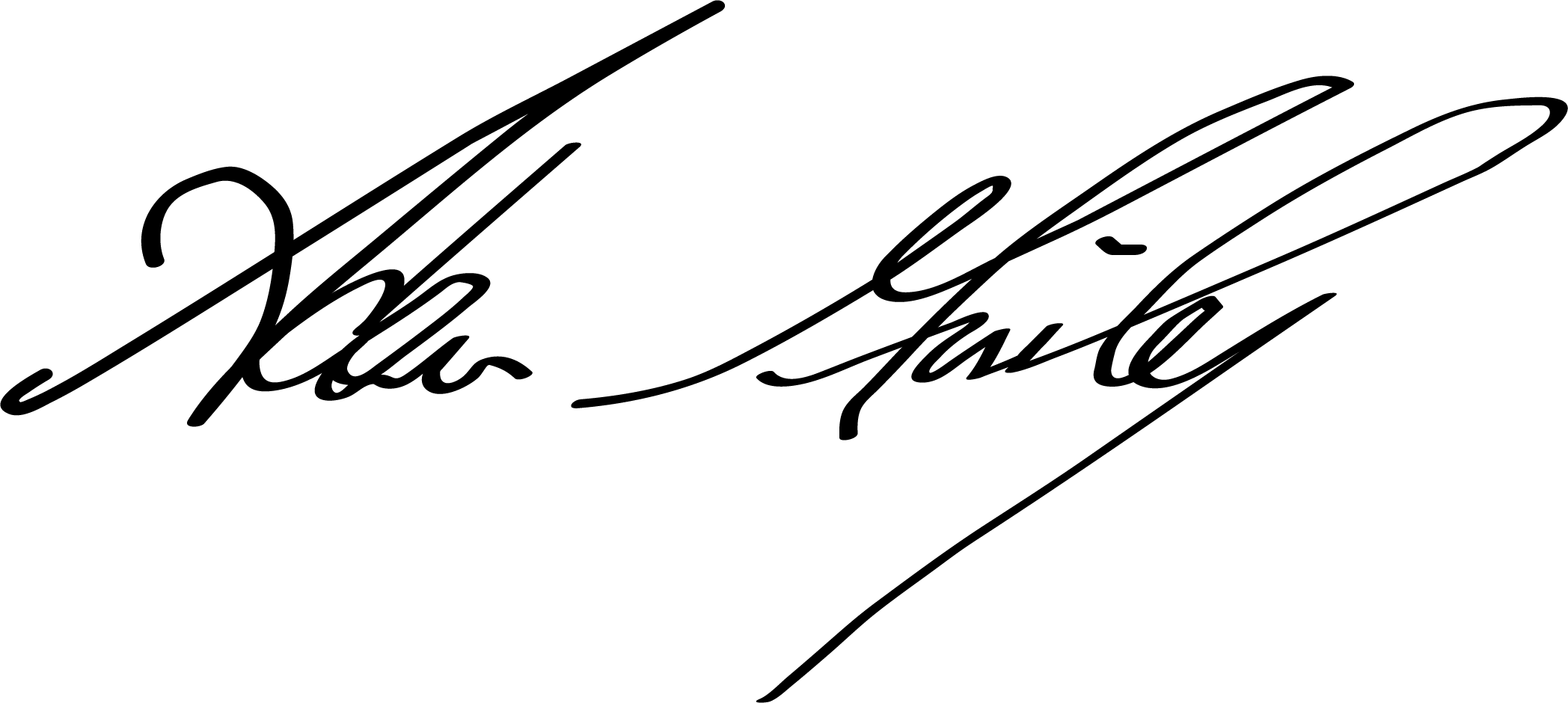
This Saturday evening, Jews around the world will begin to celebrate the festival of Purim.
When we hear the reading of the Book of Esther, we will recall the rescue of the Jewish people from annihilation in ancient Persia. We will also be reminded of two very different—but equally heroic—Jewish personalities who have something to tell us about the current moment.
In many ways, Mordechai symbolizes the Jew who is especially public about their identity. The Megillah (scroll) tells us that Mordechai defied King Ahaseurus’ order to bow to Haman, the king’s malicious adviser. “Why do you disobey the king’s order?” royal representatives challenged Mordechai. We’re told that he simply “explained to them that he was a Jew.”
Mordechai is the visible Jew. The outspoken Jew. The Jew whose identity is clear for all to see—even when it puts him in danger.
Esther, on the other hand, carries her identity very differently. Rather than sitting at the palace gates like Mordechai, Esther sat within the palace itself as a favoured member of the king’s harem. Ironically, it was the guidance of Mordechai—the very public Jew—who caused Esther to keep her Jewishness private. “Esther did not reveal her people or her kindred, for Mordechai had told her not to reveal it.”
Esther is the Jew who isn’t always visible. The guarded Jew. The Jew whose identity is complex and even ambiguous to others—and yet inwardly, authentically Jewish.
Two people with entirely different personalities, both of whom are integral to the dramatic reversal of fortunes for the Jews of Persia. What’s extraordinary is their interdependence. In one passage, Mordechai coaches Esther: “And who knows, perhaps you have attained to royal position for just such a crisis.” Esther responds with her own instructions to Mordechai, telling him to assemble the Jews of Shushan for a collective fast on her behalf.
Neither Mordechai nor Esther can fulfil their destiny alone. They need each other. And the Jewish people need them both. The same can be said about these two very different Jewish personalities today, as our people confront the Hamans of the 21st century.
I imagine each of us can see Mordechais and Esthers—the public Jews and the private Jews—among our own families and friends. The lesson of Purim is explicit: both personalities are treasured parts of the Jewish people. They are equally integral to our redemption and our rescue from those who would do us harm, and neither can truly play their role without the other.
Since October 7th, we’ve seen Israelis put aside all political, religious, and cultural differences to confront a shared threat. That same sense of unified resolve should continue to define the way we confront the rising Jew hatred in our own city.
While the past five months have brought losses and horrors we can never understand, they have also witnessed a resurgence of Jewish pride and determination. Be it the Jews who always spoke out—or those who never saw themselves as outspoken—we’ve seen countless examples of people stepping up to advocate and make a difference since October 7th.
Amid the pain, it’s been a powerful reminder of who we are as Jews—be it Mordechai or Esther. May this truth add a measure of joy to our Purim celebrations in this difficult year.
Chag Purim Sameach,

Adam Minsky
President & CEO
